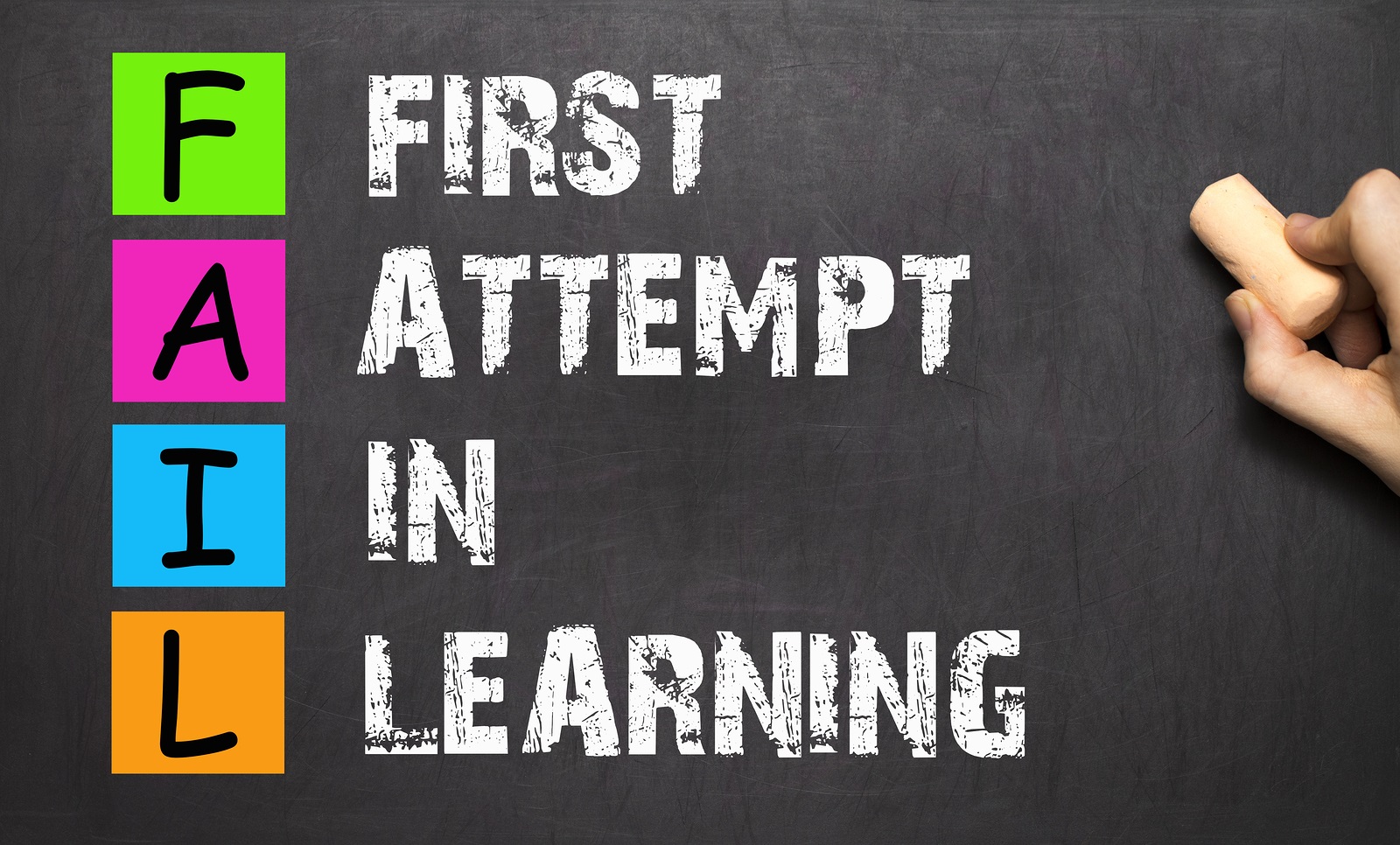
Game Testing During A Pandemic

Game Testing During A Pandemic
My passion project during COVID-19 has been designing new tabletop games. My first project was a music-themed board game Be A Rockstar. As I mentioned in my previous post on inspiration, I have been testing and revising handmade versions of this game.
Like many of you, I had no access to friends and family outside my household during the COVID-19 lockdown. My new game desperately needed playtesting from others.
How do you test a board game during a pandemic?

Pre-Pandemic Game Testing Was Easy
The best and cheapest informal game testing opportunities can be the most fun. I enjoy game night at a friend’s house or host a game night, go to a play testing Meetup in town, visit a pub or coffee shop that hosts a game night. Some brick and mortar game stores even host game testing events. More expensive game testing might involve attending a gamer convention.
I thought it was hard to virtually test tabletop games in early stages of development. I had no digital art and I’m not an artist or graphic designer, so I was really limited in my ability to get anything on the virtual game apps like Tabletop Simulator or Tabletopia. I didn’t even realize I could take digital pics of my game components and use those for the virtual game apps. Over time, I’ve come to learn that there are plenty of ways to virtually test a game.
In the mean time…

Game Testing By Mail
The only thing I could do was to mock up the game using a blank game board and box, with color sticky notes for board spaces. Then I put all the board and game components in the white game box: 3×5 cards, dice and play money borrowed from an old Monopoly game, printed rules sheet, and player tokens I’d scavenged from other games. I even printed a game testing sheet so friends could log some feedback.
The game was packaged and sent by USPS to several friends and family members. I knew this process would take too much time, but I gave it a try. I offered to Zoom into game play sessions and was available by text or phone call for any questions, but none of my attempted game-testing-by-mail experiments were very successful.

Failure Was Success
The little feedback I got showed the game idea was fun. I expected this because my friends and family members are musicians or music lovers. I learned which game elements they enjoyed most and which rules and mechanics needed work (most of them). The game was too complicated.
In this early stage, I really needed to be present during the game test to quickly answer questions and offer help while trying out different game play options in real time.
I also learned the game was going to take a lot more time and much more testing to get to the point of being worthy of an artist and graphic designer.
Despite the failure of my attempts to get the game tested by mail, I really did learn a lot about the process and about my game. This positioned me to make tough, but needed business decisions on Be A Rockstar.

Reality Check
Be A Rockstar needed much more play testing. At the time, COVID was still raging throughout the country and there was no vaccine available.
I sent request for quotes (RFQs) on prototype production and full offset printing production to manufacturers in the USA. I quickly learned that small indie games made in the USA would not be profitable.
I sent RFQs to several Chinese manufacturers to get a sense of what the budget needed to be.
The game has too many components: Main game board, box, rulesbook, 80 cards, 26 mini cards, player tokens, dice, score pad, etc. The cost to have one prototype of the board game printed and shipped was well over $100 which seemed expensive at the time.
Even when ordering in bulk to reduce costs, I learned the freight charge to send the games by container ship would cost close to the amount to manufacture the game!
My first Kickstarter campaign needs to be successful, the product needs to look professional, and the budget needs to be affordable. The timeline of getting my first board game ready for a crowdfunding campaign seemed unmanageable.
The more I learned about developing and manufacturing a board game, the more I realized this project was bigger than I could manage properly for my first attempt.
So I pumped the breaks on the board game.

Pivot
Fortunately, I was also designing a new card game.
Three components are much easier to manage than twelve. All that is needed is a deck of customized standard-sized playing cards, a rule book, and a box. A card game is much less expensive to prototype, mail, and get manufactured.
Card games are less expensive for potential customers and backers, too.

Marge Rosen
Game Designer
Marge owns Seaport Games, an indie tabletop game design studio and publisher. View other posts by Marge
